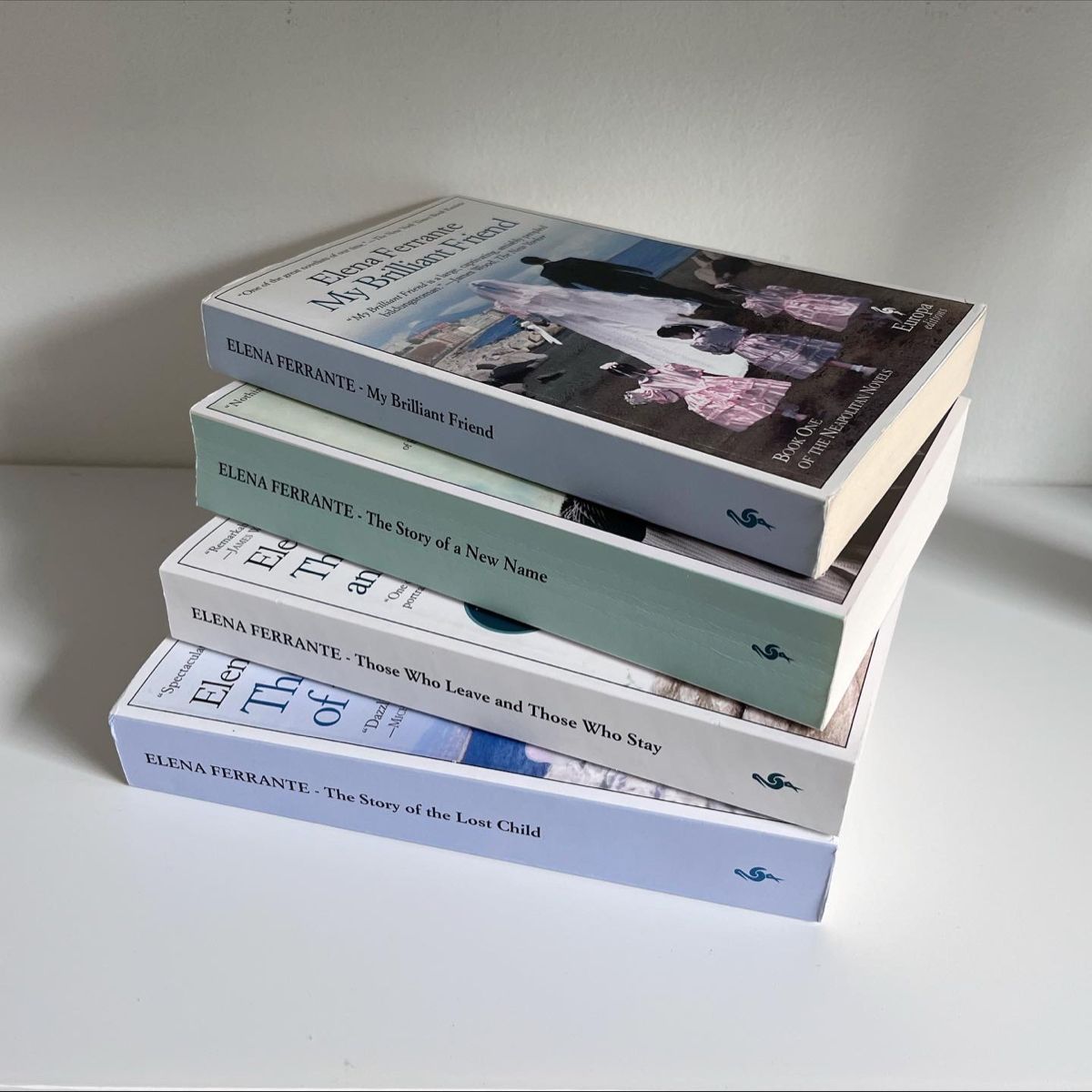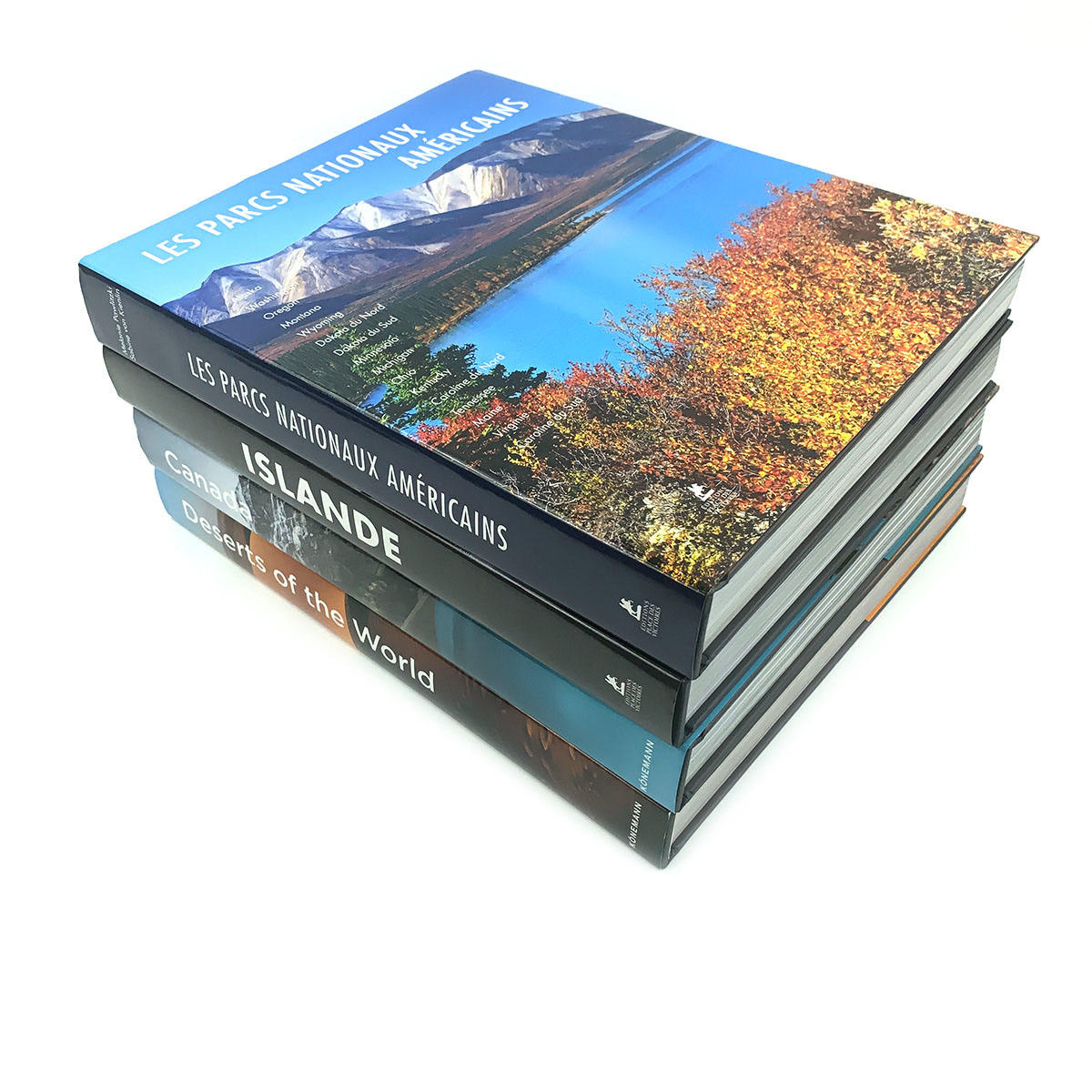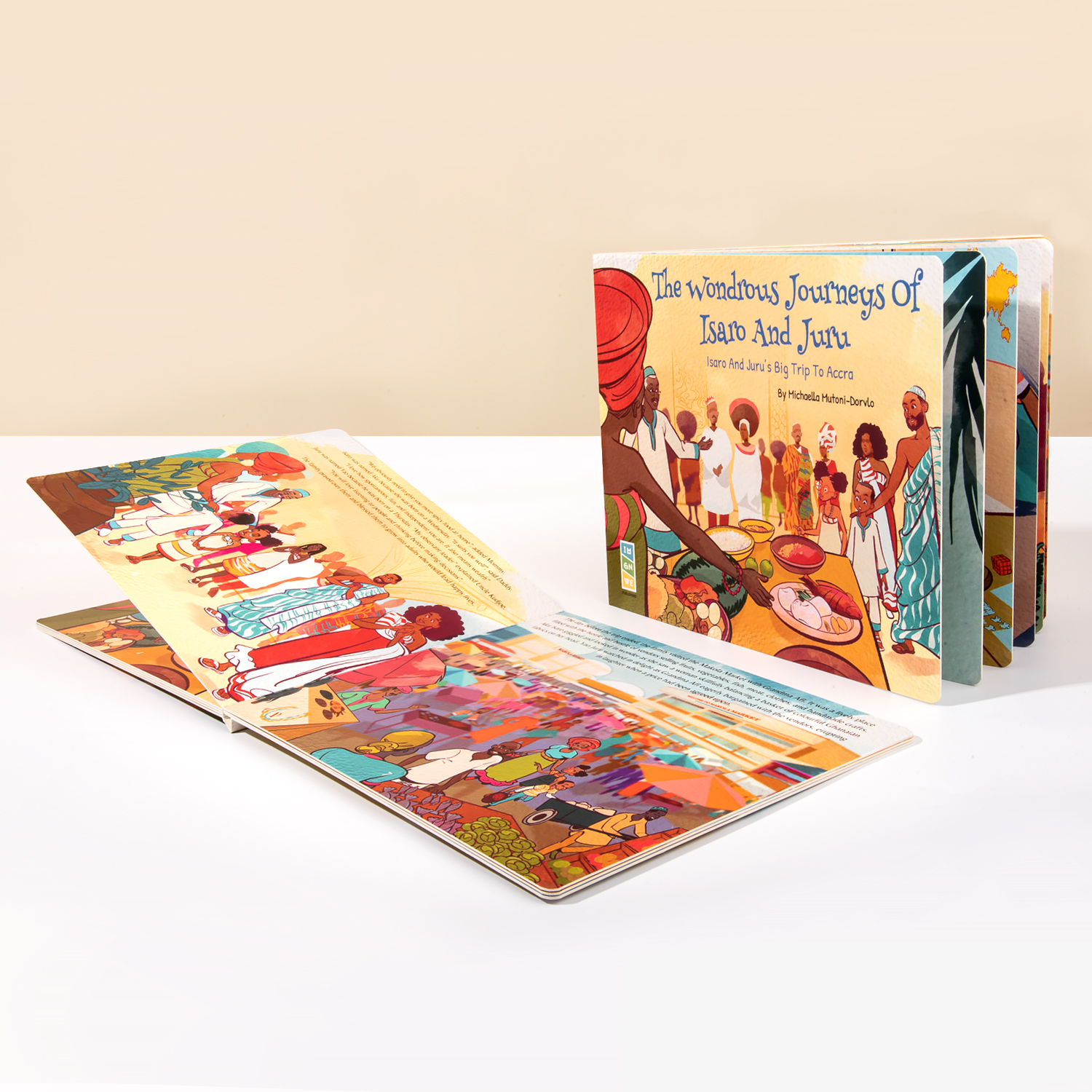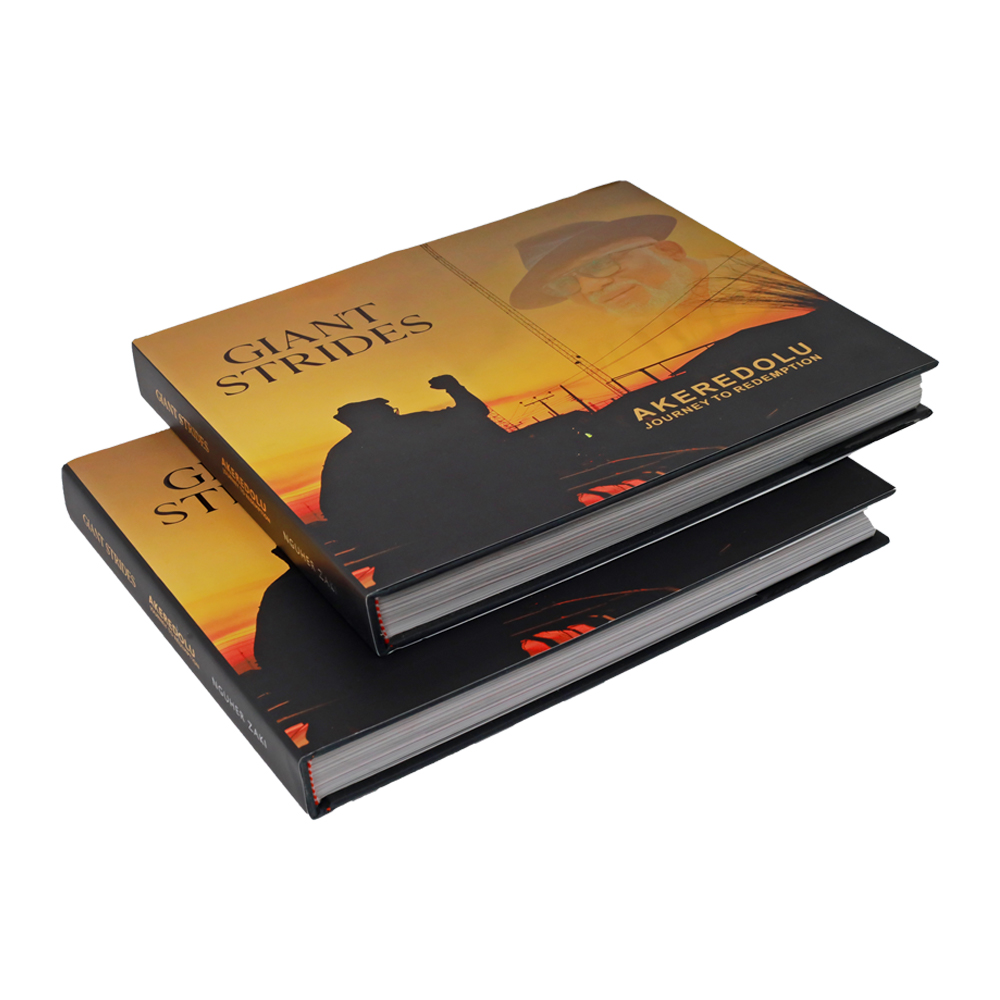Top 5 economische boekbindmethoden voor succesvol printen
Choosing the right book binding method is essential for any printed publication’s durability, functionality, and professional appearance. Whether you’re a magazine editor, an independent author, or a business printer, understanding binding options will help ensure that your finished work stands out and meets quality standards. Here, we’ll explore five cost-effective binding methods that balance quality with affordability, perfect for small-scale projects, large print runs, or unique publications.
Inhoudsopgave
Cost-Effective and Durable Book Binding Solutions
With a variety of binding options available, several choices stand out as affordable without compromising quality. Below are five key binding methods that provide excellent results and can enhance the value of your books, catalogs, and magazines.
1. Saddle Stitch Binding
Saddle stitching is a highly economical and versatile book binding technique ideal for magazines, booklets, and short catalogs. Pages are folded and then stapled along the spine, allowing the publication to lay flat when open. This simplicity in design makes saddle stitch binding a go-to for publications with fewer pages, typically between 8 and 80.
Benefits
- Quick turnaround and cost-effective for short print runs.
- Lays flat for ease of reading, making it practical for catalogs and event programs.
Drawbacks
- Limited to publications with a lower page count.
- Not as durable as other methods for long-term use.
2. Perfect Binding
Perfect binding is a popular choice for thicker publications, such as novels, annual reports, and larger catalogs. This technique involves gluing the pages and cover along the spine, creating a professional, paperback-like appearance. Perfect binding is affordable, even for medium to high circulation, while providing a solid, durable finish.
Benefits
- Economical for high-volume print runs, ideal for publishing fiction or trade paperbacks.
- Professional appearance with a crisp spine for easy shelf display.
Drawbacks
- Doesn’t lay flat when open, which may impact usability for certain readers.
- Slightly less durable compared to hardcover binding for extensive handling.
3. Spiral Binding
Also known as coil binding, spiral binding is widely chosen for manuals, cookbooks, and other reference materials that require a full range of motion. This method uses a continuous coil threaded through pre-punched holes, allowing the pages to rotate 360 degrees. Spiral binding is durable, lightweight, and suitable for documents with various thicknesses, making it an affordable option for projects needing flexibility.
Benefits
- Allows the document to lay completely flat or even fold back on itself.
- Ideal for frequently used documents, such as reference guides and notebooks.
Drawbacks
- More informal appearance compared to other binding methods.
- Limited in handling thicker documents or larger volumes of text.
4. Comb Binding
Comb binding uses a flexible plastic comb with rings that fit through punched holes along the document’s edge. Pages can be easily added or removed, which is advantageous for frequently updated materials, such as training manuals and presentations. While affordable, comb binding offers a polished look suitable for professional documents.
Benefits
- Inexpensive, with easy page addition or removal.
- Lays flat when open, adding functionality for instructional materials.
Drawbacks
- Not as visually appealing as spiral or perfect binding.
- Less durable, particularly when handling documents with high page counts.
5. Wire-O Binding
For a sophisticated look and robust durability, Wire-O binding is a premier option commonly used for calendars, notebooks, and professional portfolios. This binding method involves double-loop wires threaded through punched holes, creating a polished, professional finish. Wire-O binding allows documents to lay completely flat and is especially suitable for mid-sized projects.
Benefits
- Offers a high-end, professional appearance suitable for formal documents.
- Durable and allows pages to lay flat or rotate 360 degrees, ideal for reference materials.
Drawbacks
- Higher cost compared to other binding options, due to specialized materials and equipment.
- Limited cover customization options, which may not meet all design preferences.
Additional Binding Methods to Consider
While the above methods cover economical and practical binding options, there are other specialized types worth considering depending on your budget and project requirements:
Hardcover-binding
Hardcover binding is best for premium publications like coffee table books or keepsakes. Although more expensive, it provides unparalleled durability and prestige, enhancing the value of any publication.
Tape Binding
A quick, inexpensive option for binding loose pages, tape binding works best for internal or draft materials where durability and presentation are secondary to functionality.
How to Choose the Right Binding Method for Your Project
When selecting a binding method, consider these factors:
- Document Size and Page Count: Saddle stitch and comb binding are suitable for smaller documents, while perfect binding or Wire-O binding can accommodate thicker publications.
- Intended Use: For frequently used materials, such as manuals, durability is crucial—making spiral and Wire-O binding ideal choices.
- Presentation Requirements: Formal documents benefit from perfect or Wire-O binding due to their professional appearance, while less formal pieces may be better suited for spiral or comb binding.
- Budget Constraints: Saddle stitch and comb binding provide affordability, but for larger budgets, perfect or Wire-O binding offers enhanced durability and a more polished look.
BooksPrinting: Your Partner in Premium Book Binding Services
At BooksPrinting, we offer a comprehensive range of binding options to meet all your project needs, from simple saddle stitching to high-end Wire-O binding. With our expertise, you can select the most cost-effective yet professional binding solution for your books, catalogs, and magazines.
Our services cater to projects of all sizes, helping you present your materials in the best possible light. We combine speed, affordability, and a commitment to quality in every binding solution, ensuring your publication’s durability and appeal.
Conclusie
Choosing the correct book binding method ultimately depends on several factors, including the project’s purpose, budget, and desired aesthetics. Saddle stitching and spiral binding are cost-effective solutions, while perfect and Wire-O binding provide additional durability and presentation value. Whatever your needs, choosing the right binding will enhance both the usability and appearance of your printed work.
Ready to get started? Contact BooksPrinting today to learn more about our wide selection of binding solutions. Let us help you find the perfect option to elevate your printed publications.
Veelgestelde vragen
Q1. Which binding method is most suitable for a professional appearance?
Perfect binding and Wire-O binding both offer professional, sleek finishes that are ideal for formal presentations, reports, and publications with high visibility.
Q2. Can pages be added or removed easily with comb binding?
Yes, comb binding is highly flexible, allowing pages to be easily added or removed, making it an excellent choice for documents that require frequent updates.
Q3. What is the most affordable binding method for short print runs?
Saddle stitch binding is one of the most affordable options, especially for smaller publications like booklets or short catalogs.
Boekdrukkunst
Nieuwe producten
Laatste blog
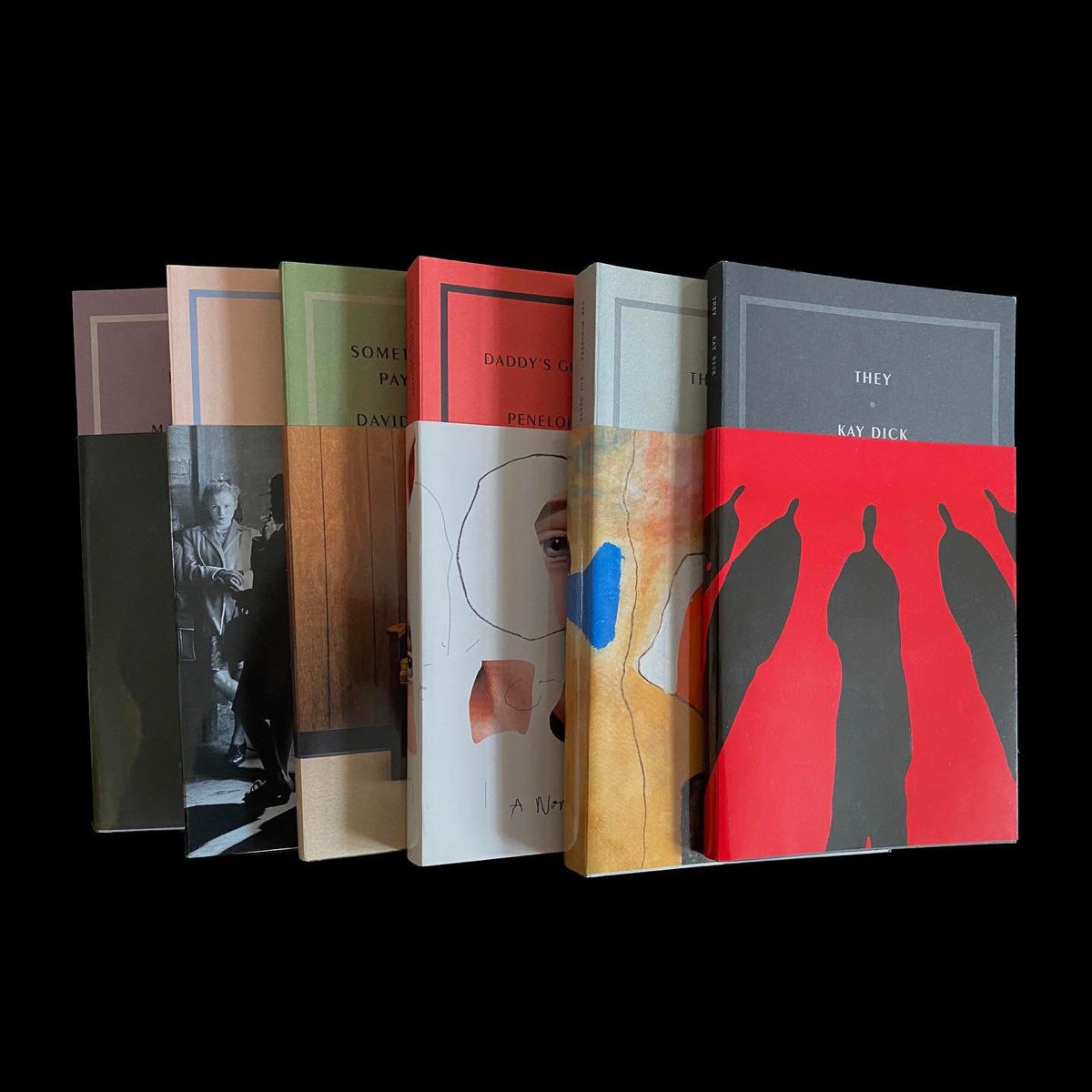
De voordelen van het kiezen van hardcover boeken
Hardcoverboeken boeien lezers al meer dan drie eeuwen en verdienen een gekoesterde plek in bibliotheken en huizen. Van klassieke literatuur tot hedendaagse zelfhulpboeken
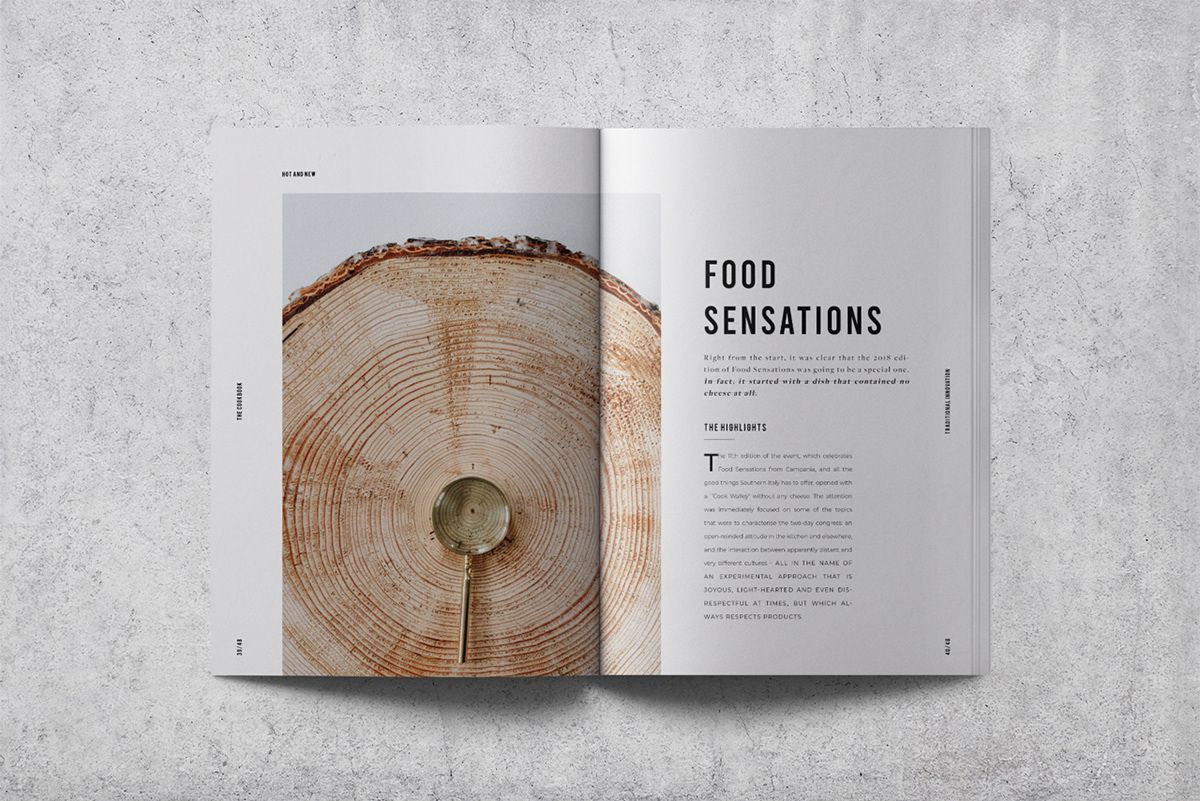
7 overtuigende voordelen van het gebruik van professionele boekdrukkerijen
In de wereld van de literatuur kan de productiekwaliteit van een boek een aanzienlijke invloed hebben op het succes ervan

Waarom mensen de voorkeur geven aan paperbackboeken
In de uitgeverswereld is een hardcover boekomslag veel meer dan alleen een beschermlaag: het is een dynamisch vertelinstrument.
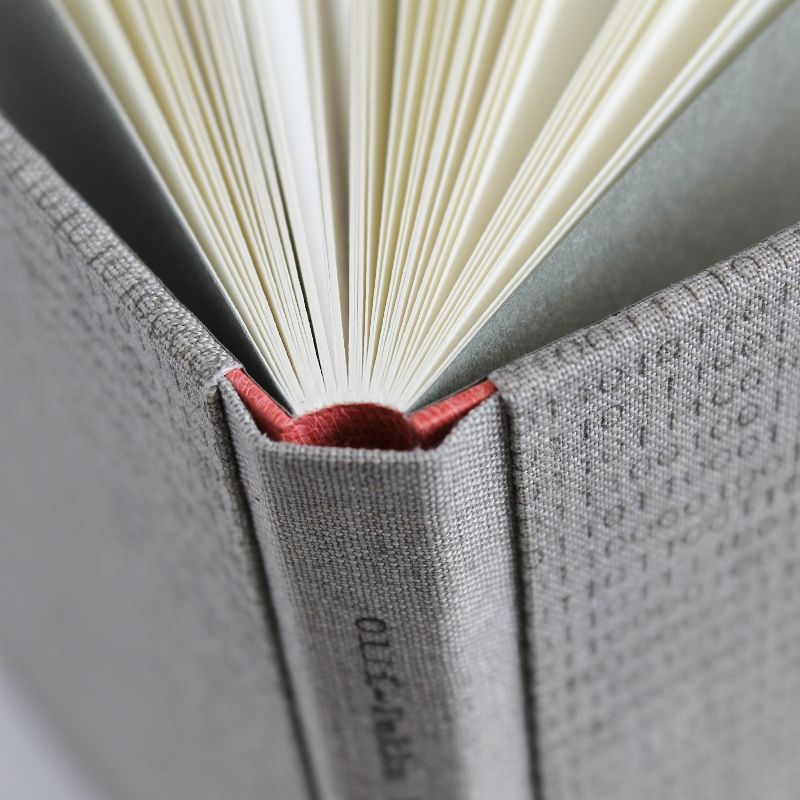
Welk type papier wordt gebruikt voor het drukken van boeken?
Als u zich op zelfpublicatie stort, zal een van uw voornaamste zorgen het vinden van economische opties voor het drukken van boeken zijn
Neem contact met ons op
- +86 13946584521
- info@booksprinting.net
- 8:00 - 22:00 (ma - zo)
Reacties
Gerelateerde blog
Ontdek de nieuwste trends en algemene kennis in de boekdrukbranche.

Welk bedrijf drukt stripboeken?
Het maken van een stripboek is een intens werk van liefde, waarbij talloze uren worden gestoken in illustraties, storyboards,

Wat zijn de voordelen van het drukken van een roman in hardcover?
Aan het begin van uw carrière als auteur of uitgever wordt u waarschijnlijk overweldigd door talloze beslissingen met betrekking tot het ontwerp, de productie en de presentatie van uw werk.
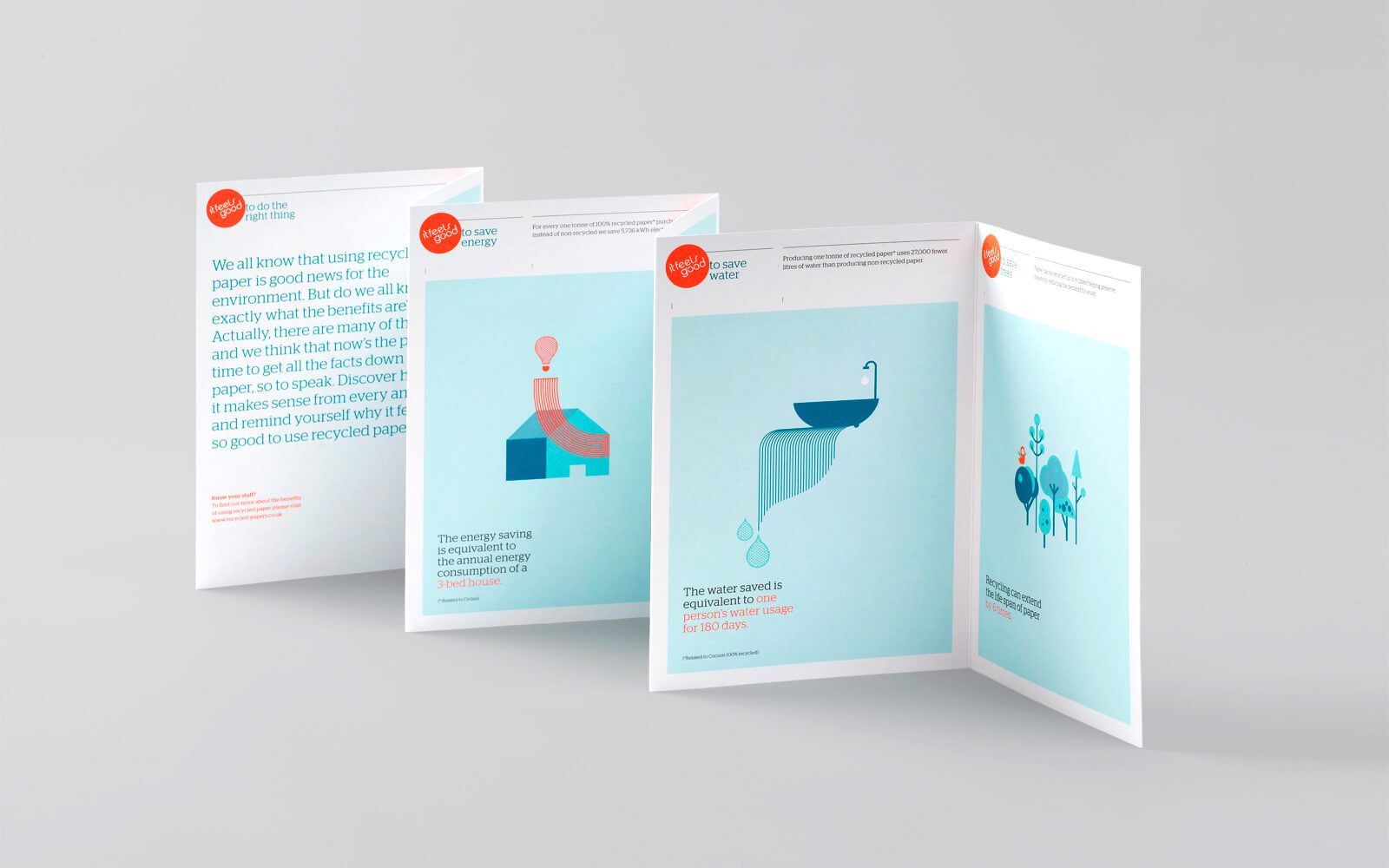
Goedkoopste manier om een boekje te printen in CHINA
Boekdruk is een veelzijdig hulpmiddel om uw boodschap effectief over te brengen, of u nu een product promoot, vrijwilligers aanmoedigt,
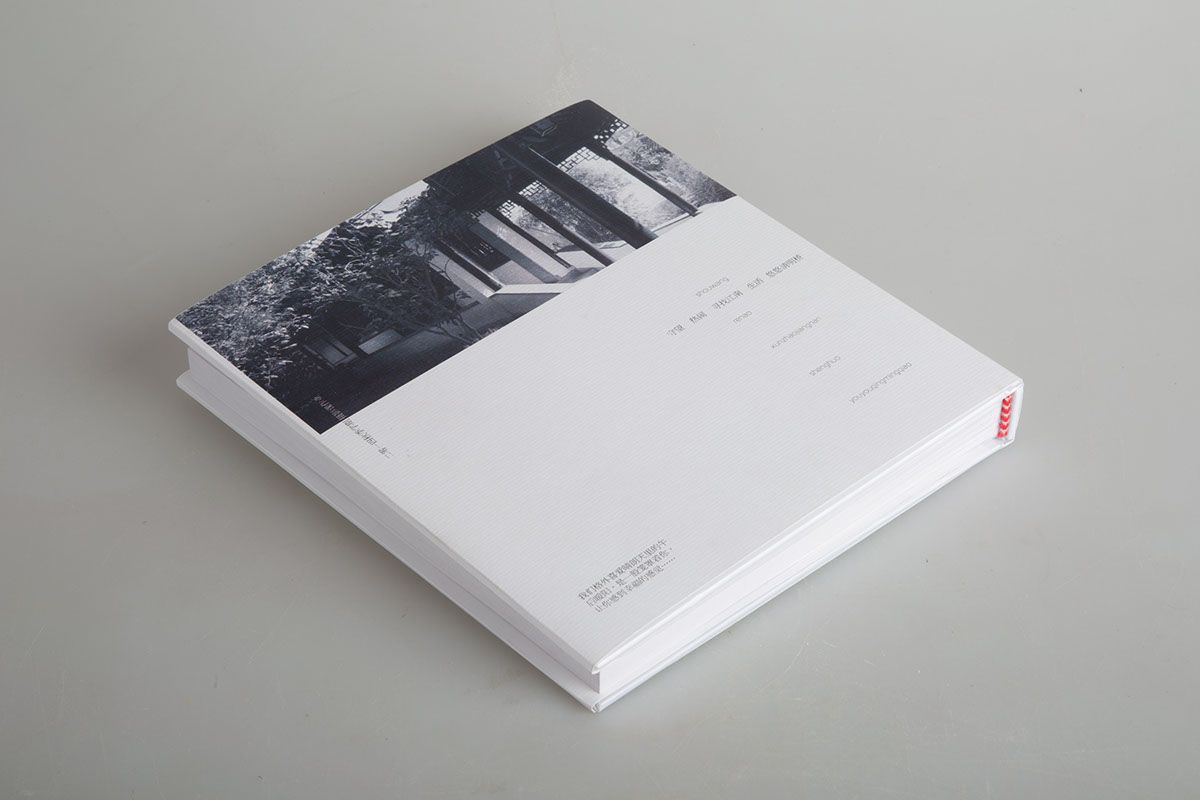
Hoeveel Koffietafelboek Afdrukken
Koffietafelboeken zijn meer dan alleen decoratieve stukken; het zijn artistieke uitingen die fotografie, kunst en persoonlijke verhalen laten zien.

